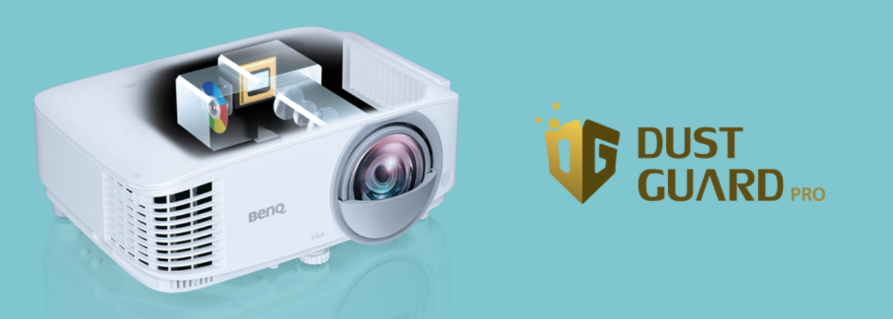Dust in the Classroom
- BenQ
- 2020-08-06

Dust may be a fact of life, but it’s also an invisible killer of equipment. This is particularly true in schools where equipment, particularly classroom projectors, sits in disuse during breaks. When they are in use, they build up heat and require the use of fans to cool them down. These fans suck in not only air but also dust, which can cause overheating, color decay, and system shutdowns that require frequent maintenance and raises the total cost of ownership (TCO). What’s more, an operable projector may not even be projecting content at optimal levels for learning due to the degradation of brightness and reduced brightness caused by dust. Even those that employ a dust filter don’t prevent the finer dust that can still accumulate on the LCD panel, leading to degraded images and reduced brightness.
Classroom projectors need to be dust-resistant, which is why BenQ has been actively investing in and developing dust-resistant technology for use in its Education Laser Projectors. In addition to using convex color wheel sensors that prevent dust buildup and prolong color performance, these projectors also feature Dust Guard Technology. This includes the use of a magnetic system for timing, making it impervious to dust accumulation and IP5X-certified optical engines that are designed to keep out hair, dust, and fibers. The Dust Guard Pro model can ward off fine particles and is equipped with a sealed optical engine to fully protect chips, color wheels, and other optical components and prevent common projector issues such as spotty projection and color degradation caused by dust. Most importantly, however, Dust Guard Technology helps reduce expenditures and time spent on maintenance, significantly lowering the TCO.